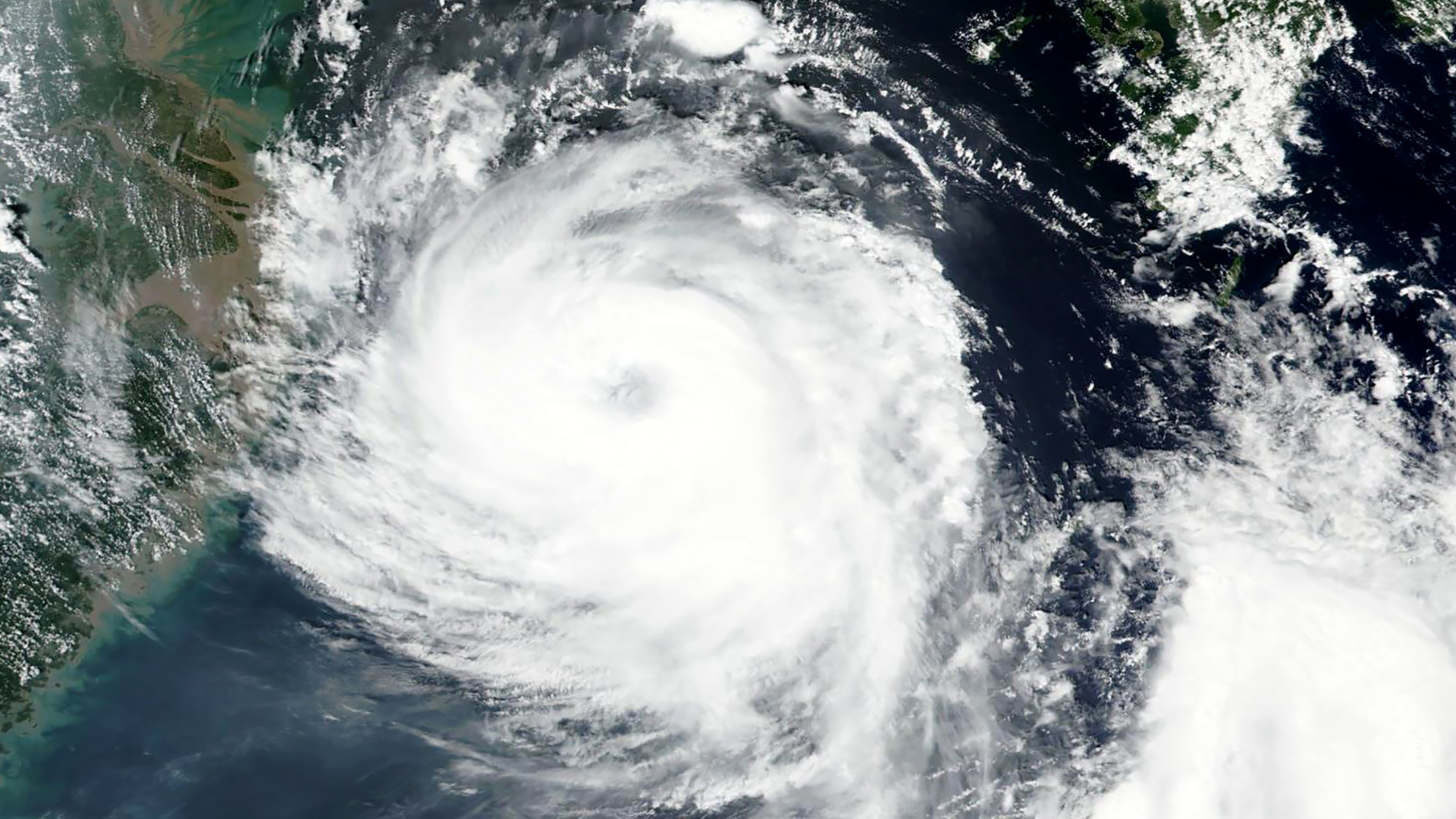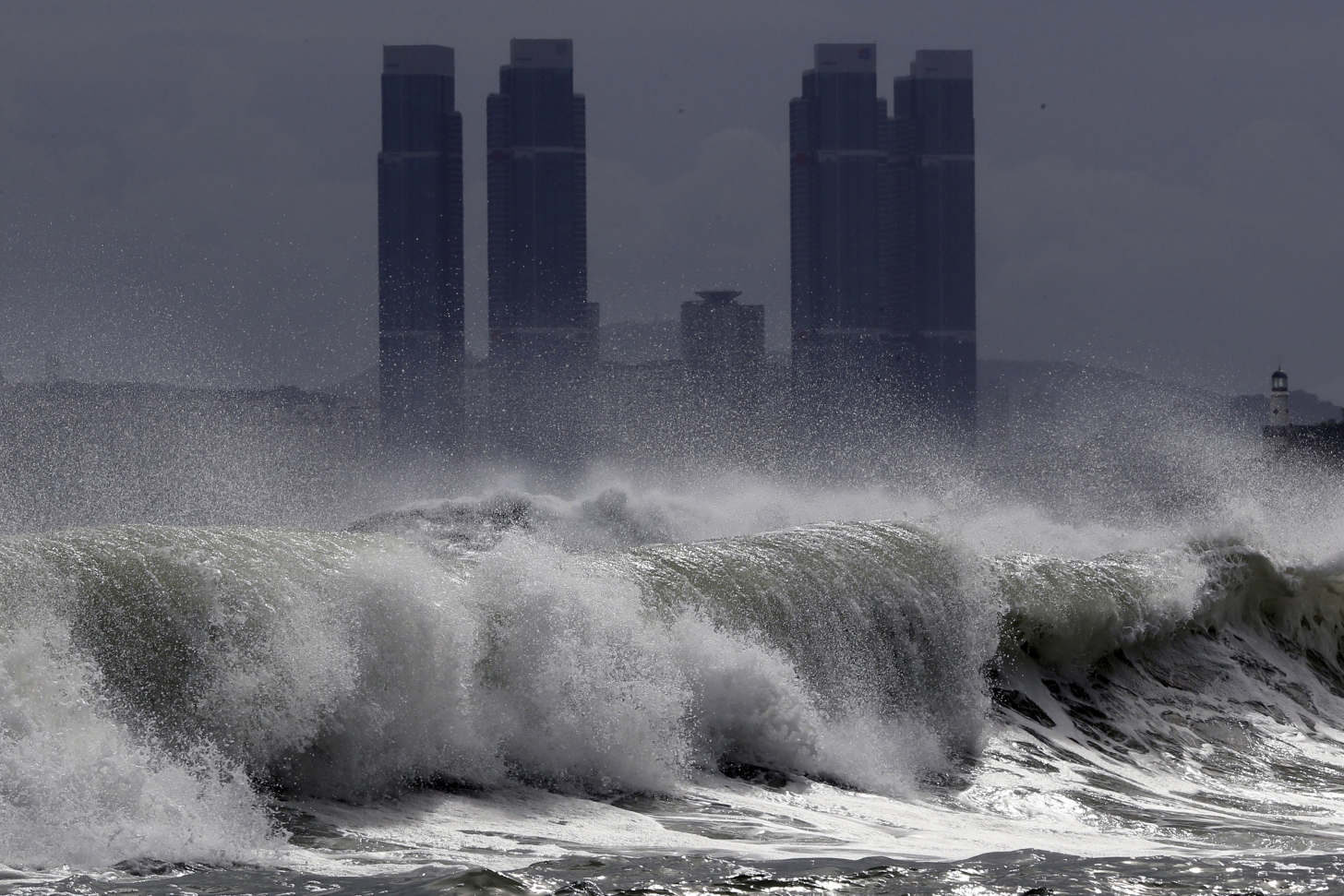
Neither country immediately reported casualties as the storm passed by the North's capital.
Bavi had maximum winds of 115km/h and was passing near Pyongyang after making landfall in a western coastal region of North Korea that is a major source of farming and fishing, South Korea's weather agency said. It was forecast to weaken to a tropical storm in the next 12 hours.
The North's Korea Central TV showed footage of snapped trees and utility poles and flooded roads while also reporting damages to houses and public facilities in North Hwanghae and South Hwanghae provinces, where the typhoon made landfall. Roads were also flooded in the city of Nampo, which is closer to Pyongyang.
The Korea Meteorological Administration warned of strong winds continuing in Seoul and the central region through the morning.
Power was knocked out in 1633 South Korean homes, about half on the southern resort island of Jeju, which was the first part of the country to be hit by the typhoon on Wednesday. Most power was restored in the morning.
More than 430 domestic flights in and out of Jeju and the southern mainland city of Busan were cancelled. South Korean authorities also halted some railroad services, shut down public parks and sea bridges and moved hundreds of fishing boats and passenger vessels to safety.
Workers in Seoul and other major cities were restoring makeshift coronavirus testing stations that had been dismantled out of concerns that the tents and booths wouldn't have withstood the strong winds.

Leader Kim Jong-un has issued an alert to prevent crop damage and casualties as the country guards against the coronavirus pandemic.
Martyn Williams of 38 North, a website that monitors North Korea, said it was exceptional that North Korean TV routinely interrupted movies to report storm updates.
"I believe [it's] the first time ever," Williams said on Twitter. "It's a clear sign of fear for loss of life and destruction."
South Korean Meteorological Administration said the typhoon made landfall about 50 km south-west of the North's capital Pyongyang on Thursday morning.
KCTV showed a rising Taedong River in Pyongyang, after a pre-recorded video of farmers working on rice paddies.
Heavy rain earlier this month raised concern about food supplies in the isolated country, after inundating hundreds of houses and flooding vast rice-growing lands.
South Korea reported minimal damage from the storm, while international and domestic flights were cancelled.
AP, Reuters



Reader Comments
to our Newsletter